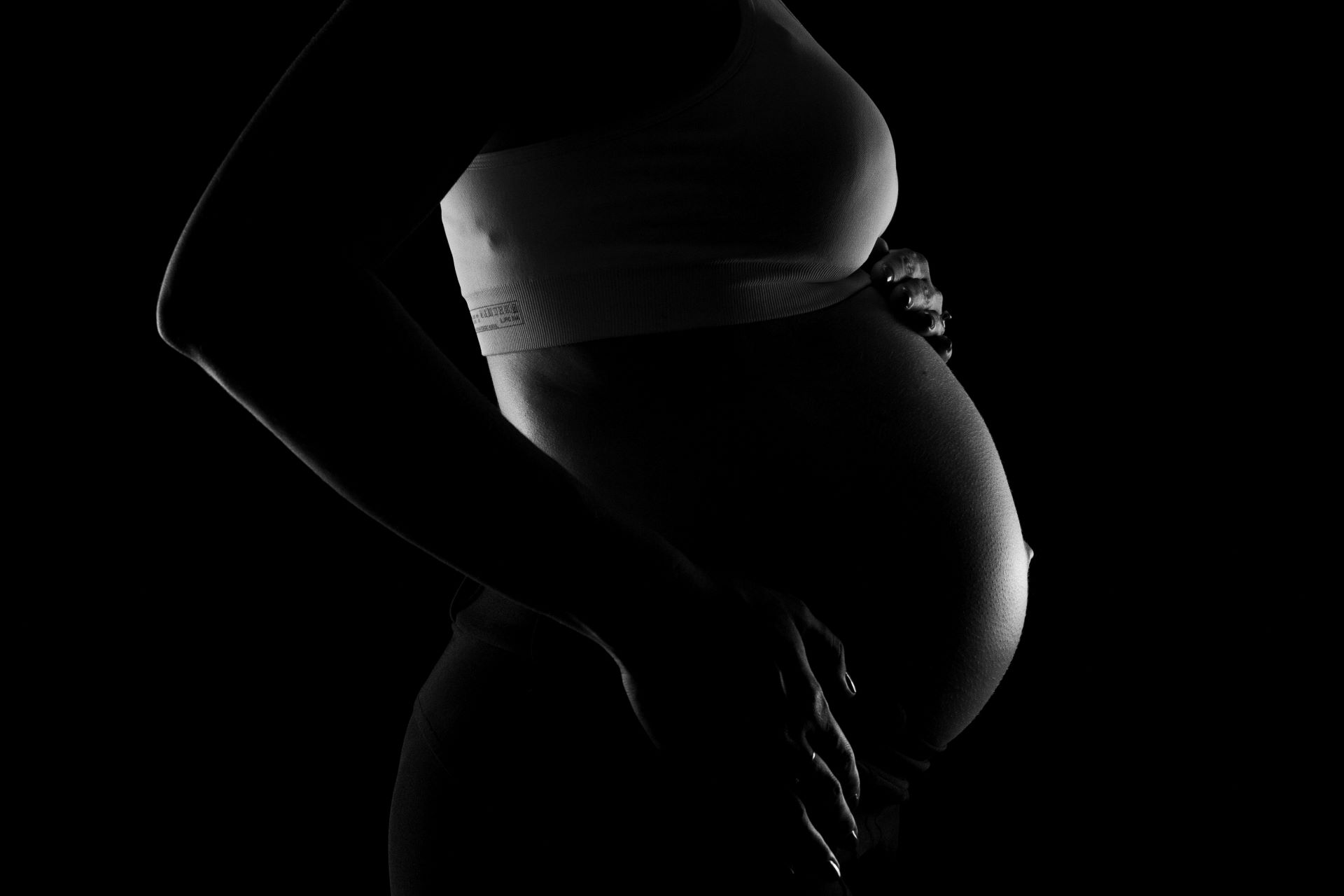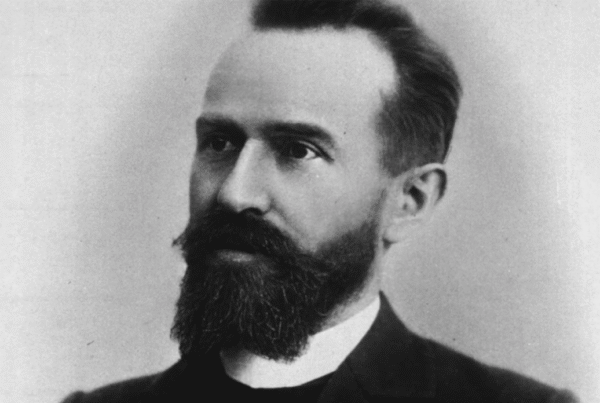What is the Trauma of Birth? Why was there a controversy about Otto Rank’s book, The Trauma of Birth (1929)? Is the Trauma of Birth the same as Separation Anxiety?
During the formative years of Psychoanalysis, meetings were held in a small room in Freud’s house on Wednesdays by a small group of enthusiasts. The group was known as the Wednesday Psychological Society (WPS). Otto Rank was admitted to this group in 1906 on the strength of an essay that he had written which showed an impressive understanding of psychoanalysis. The Wednesday Psychological Society grew and later became the Vienna Psychoanalytic Society and Rank served as its first secretary.
However, Rank separated from Freud and the Vienna Psychoanalytic Society after the publication of the German edition of his book, The Trauma of Birth. The interesting double irony in Rank’s joining and leaving the Vienna Psychoanalytic Society is that he joined on the strength of his impressive essay which was favourable to psychoanalytic teaching; he left the Society because his, equally impressive, book was considered to be in conflict with orthodox psychoanalytic teaching. This was a publication which Rank had dedicated the first edition to Freud in the belief that the book showed his loyal adherence to Freud in his explication of the concept of concept of the trauma of birth which was originally Freud’s idea as expressed in (Freud 1923b, PFL P400; Freud 1900, PFL4 P526)).
Rank thinks of birth as a kind of separation which brings about loneliness and isolation. He believes that the intrauterine existence of the unborn baby is a happy one to which the unborn baby may wish to remain rather than face the trauma of birth. In holding on to this belief, Rank misses the physical fact about foetal growth, the size of the womb, the birth canal and about the lonely, confined space of the intrauterine dwelling.
Birth is a natural process which enables the foetus that has grown to full term to come out of its intrauterine dwelling into the world to have life of its own. The process of natural birth is initiated by the foetus, not by the expectant mother. The process of natural birth is distinct from abortion, accidental birth where the expectant mother gives birth prematurely as a result of being involved in an accident, and induced birth.
The real birth trauma is the one that Rank does not consider. This is the, experiential, trauma that the expectant mother and the unborn baby suffer together in the process of emergency birth involving the quick change from natural delivery to caesarean section and the consequent turmoil and upheaval of the unborn baby in such emergency births. This happens where the unborn baby is too big to pass through the mother’s pelvic walls. Also, the trauma in difficult births with excruciating contractions that have to be appeased by the use of epidural with dangerous side effects at the time when the unborn baby is already in the birth canal on the way out. This may have lasting traumatic effect on both mother and unborn baby as the late shot of the epidural may affect them in different ways (Maurice-Nneke 2003).
The separation which induces anxiety is that which happens when the child is taken away from the parents or when a child is given up by its mother after the child has come to know its mother, or when a child goes away from the parents for the first time. In this particular instance, both mother and child may experience the anxiety of separation. This is the separation which Jung (1995, P133) describes on leaving his mother at Basle for the first time to live in Zurich when he got a job working under Eugen Bleuler at the Burgholzli Clinic.
REFERENCES
Freud, Sigmund. 1923. The Ego and the Id. PFL 11.
Freud, Sigmund. 1900a.The Interpretation of Dreams PFL 4
Jung, Carl Gustav. 1995. Memories, Dreams, Reflections. Fontana Press
Maurice-Nneke, Antony. 2003.The Psychodynamics of the Unconscious. Intapsy Publications
Rank, Otto. 1929. The Trauma of Birth. Routledge and Kegan Paul




